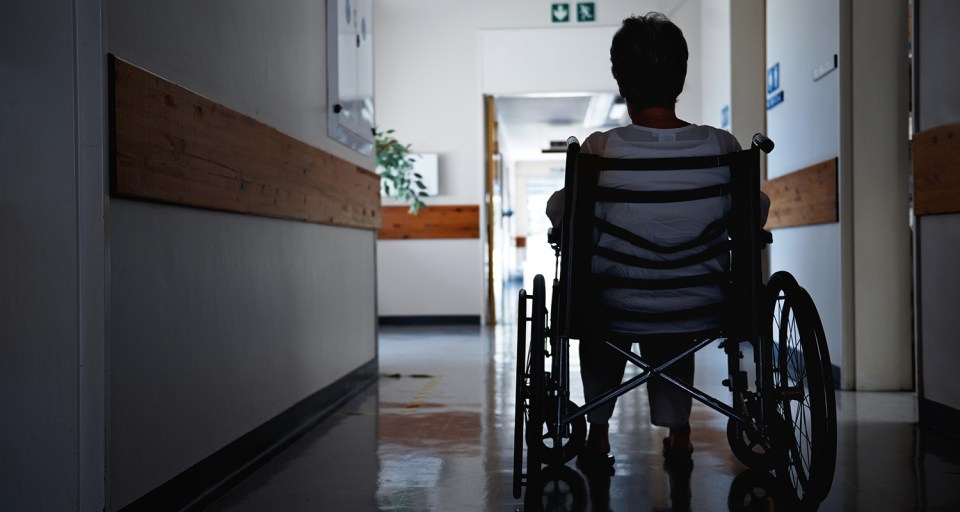It’s often visits from family and friends that get patients in the hospital through some of their toughest times, but what happens when those visitors are no longer allowed?
Hospitals across the globe are struggling with that question as visitors are being restricted in an effort to prevent the spread of the novel coronavirus. Kelly Moffatt, a psychosocial counselor at The Rehabilitation Institute of St. Louis, an affiliation of BJC HealthCare and Encompass Health, said the answer, though, may be simple: be present.
In a time when patients will be physically separated from their loved ones, Moffatt said it’s important to take a moment to check in with them, not just physically, but emotionally, as well.
“That connection to people is really important,” she said. “We are going to be these people’s people now. They may be frightened; this may be the first time they’ve spent the night in a hospital, so maybe we do need to chat with them a little more and make sure they’re OK.”
Get to know more than their diagnosis
One way Moffatt gets to know her patients is by having their loved ones fill out an “all about me” form.
“The family fills out this form with their favorite things, so staff can have it for conversation starters,” she said. “It’s really just about finding different ways to connect with patients.”
Moffatt said knowing some of those more personal details about a patient can also help them when they are feeling lonely and depressed without their loved ones’ visits to lift their spirits.
When one patient was feeling down, she said they found her form, and learned she liked gospel music. From that point forward, they played gospel music in her room when she seemed distressed or depressed.
When attempts to make a personal connection fail, Moffatt said help them connect to their loved one. It may be as simple as picking up the phone or helping them make a video call.
Make it motivational
Instead of focusing on a loved one’s absence, Moffatt encourages patients to take the time apart to focus on their recovery and reuniting with family and friends.
“I think of it kind of like the big reveal day,” she said of when a patient discharges from the hospital. “It’s a chance for the patient to show off all the progress they’ve made while they were here.”
Moffatt frequently reminds patients that they are working toward “the big reveal” during therapy sessions keeping them focused on achieving their goals and returning home.
Knowing that loved ones are also struggling with not being able to visit their family member, Moffatt has also given them small reveals during patient stays.
“We took pictures of one patient in therapy and stuck them in his laundry bag, so when his wife came to pick it up she could see the progress he was making,” Moffatt recalled.
Take a moment for yourself
Moffatt acknowledges these extra attentions can be difficult as frontline healthcare workers struggle with their own anxieties, but she said it’s worth it to the patient and can also help take employees’ minds off the news of the day.
“During this time, I’ve had so many patients tell me they don’t know what they would do if weren’t for their nurse,” she said. “We’re stressed, too, but these patients have the compounded stress of being in the hospital. Remember that you are making a lasting impact on someone’s life who doesn’t have anyone there for them but you at this time.”
When stress and anxiety get the best of you, Moffatt suggests taking a moment for yourself. Maybe go to a conference room or take a brief walk outside.
Moffatt also offers the following breathing techniques to calm your mind:
- Place yourself in a comfortable position
- Imagine your favorite place, scent, etc. (i.e. the beach on warm sunny day, freshly baked chocolate chip cookies)
- Breathe that scent in through your nose and feel your chest rise as your fill your abdomen with air
- Hold the air for a count of four
- Exhale: Imagine that you are blowing the biggest bubble you can
- As you repeat this breathing exercise notice where you are holding tension in your body and as you exhale. “Blow that tension out of your body.”
The content of this site is for informational purposes only and should not be taken as professional medical advice. Always seek the advice of your physician or other qualified healthcare provider with any questions you may have regarding any medical conditions or treatments.


